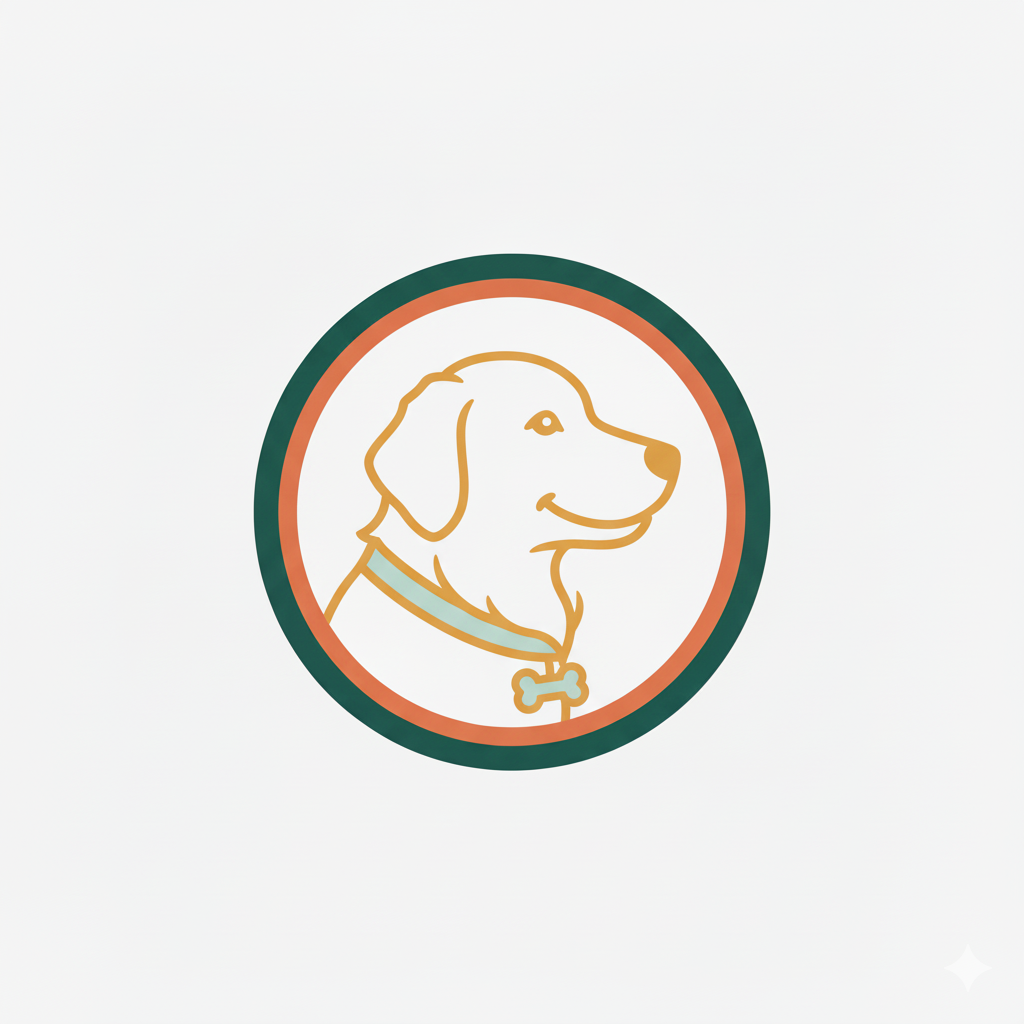Preparing for Your New Pet Snake’s Arrival
Ensuring a smooth snake acclimation process begins with a well-prepared snake enclosure setup. The enclosure must replicate your snake’s natural habitat to promote comfort and reduce stress. Focus on maintaining the right temperature gradient, humidity levels, and providing secure hiding spots. A thermostat-controlled heating element or heat mat is critical to create the ideal temperature range. Additionally, installing a humidity gauge helps monitor moisture, which is vital for your snake’s skin health.
Gathering essential pet snake supplies beforehand is equally important. Key items include a spacious and secure enclosure, substrate suited to the species, water dish, thermometers, humidity monitors, and appropriate lighting. Avoid overcrowding; leaving enough space enables natural behavior while minimizing stress.
Also to read : How can you create an enriching environment for a pet hedgehog?
Initial acclimation steps are crucial to help your pet settle. Upon arrival, avoid handling your snake immediately to prevent inducing stress. Instead, place the snake quietly in its prepared enclosure and give it a few days to explore its new environment. Observing your snake’s behavior during this period allows you to assess if adjustments in temperature or humidity are needed. This thoughtful approach helps your snake transition smoothly, ensuring a healthy start in its new home.
Safe Introduction and Handling of Your Pet Snake
Mastering initial interactions with care
Also to read : What are the unique care needs of pet ferrets in the UK?
When bringing home a new pet snake, initial handling tips are crucial to establish trust and ensure pet snake safety. Experts recommend waiting at least a week before handling your snake, allowing it time to acclimate to its environment. Handling too soon can stress your snake, increasing the chances of defensive behavior.
Begin with gentle, slow movements. Support the snake’s body fully, avoiding sudden or tight grips as these can trigger stress. Remember, a calm approach makes your snake feel secure.
A common mistake is trying to handle a snake during or immediately after feeding. This can cause discomfort or defensive bites. Also, avoid excessive handling sessions; short, infrequent interactions are best initially.
Recognising signs of stress in your snake is essential for safe handling. Indicators include hissing, rapid tongue flicking, restlessness, or striking postures. If you observe these behaviors, it’s wise to pause handling and let your snake relax.
In summary, applying the right snake handling advice during first interactions fosters a positive experience for both you and your snake. For more insights, consult professional guidelines on safe pet snake handling.
Health, Safety, and Family Management
When caring for a pet snake, regular health checks are essential. Consulting a reptile-specialized vet ensures early detection of common issues, such as respiratory infections or parasites. These experts can guide you on diet, shedding, and environmental needs, crucial for maintaining your snake’s health.
Introducing a pet snake to a household with other animals requires caution. To keep all pets safe, supervise initial interactions closely. Snakes may perceive smaller pets as prey, so separation or secure enclosures are vital during initial familiarization. Family members should be instructed on proper handling, minimizing stress for both the snake and other pets.
Maintaining hygiene is also paramount. Always wash hands thoroughly after handling the snake or its habitat to prevent the spread of salmonella—a common bacterial concern with reptiles. Clean the enclosure regularly using safe disinfectants to keep the environment sanitary. These practices protect family health and promote a safe, harmonious home for your snake and household pets alike.
Feeding, Care Routines, and Ongoing Monitoring
Establishing a consistent snake feeding schedule is crucial during the initial weeks of bringing your pet home. Young snakes typically need feeding once every 5 to 7 days, while adults may only require a meal every 10 to 14 days. Maintaining this schedule promotes digestive health and provides necessary nutrients to support growth and vitality.
Proper pet snake care extends beyond feeding. Regularly clean and maintain the enclosure to prevent infections. Keep an optimal temperature and humidity aligned with your snake’s species requirements, as improper conditions can induce stress or illness. Offer fresh water daily and ensure the habitat has hide spots, encouraging natural behaviors that reduce anxiety.
Monitoring stress signs is key for your snake’s wellbeing. Look for reduced appetite, excessive hiding, shedding problems, or unusual aggression. These symptoms may indicate illness or environmental discomfort. If you spot such signs, adjust care routines accordingly – perhaps alter temperature, humidity, or feeding intervals to create a calmer environment.
A smoother transition involves gradually adapting your pet snake to its new environment without sudden changes. Patience and observation combined with a reliable feeding and care routine pave the way for a happy and healthy pet.
